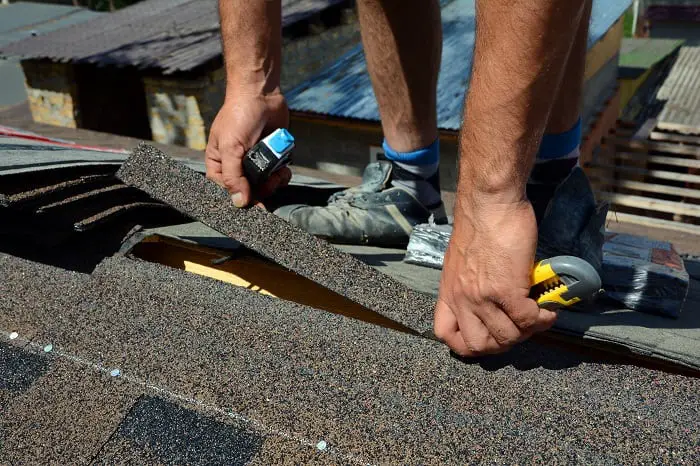Last Updated on February 28, 2020 by Ecorf
Are you by any means considering making an addition on your roof (pun intended)? If so, then it’s important you know that one of the most logical parts of planning and making additions is often faced when trying to connect roofs effectively and safely.
The simplest two roofs to connect would be the gable roof structure because, once you think of a rudimentary picture of a barn: you’ll have a square topped with a triangle. Simply, what we mean is that the triangle is what represents your gable roof.
And if this is the current structure of your existing roof, you are in luck. But, how do you connect the two gable roofs?
Table of Contents
Parallel Additions
If you are looking to add on to your existing structure, in order to match the current direction of buildings flow, if so, then your gable roof for your addition is also going to run parallel to the current roof.
You’d want to make sure your architect and contractor have designed and began to build the new roof high up on the downslope of the existing roof. And once that is done, you will want the new roof ridge to run parallel to the existing ridge at a similar height, and have the new gable roof end at the same level as the existing gable roof (if your addition will be the same height as the existing structure). Most importantly, make sure that your architect and builder starts the upslope of the new gable roof at a structurally sound location and that the shorter side is at the same angle as the longer side.
Horizontal Additions
If you are looking to build your new attachment so that it connects to your existing structure horizontally and adds some extra length instead of depth, you are going to want to make sure the new gable roof follows this design plan.
In order to connect two gable roofs with a horizontal addition, you are going to take the midline of your addition and place the ridge of your gable roof, right there. You will also want to make sure that the ridge of your new gable roof intersects the ridge of your existing gable roof, at the exact same height. From the ridge, the angle of the slope of the new roof should match the width of your new construction. Meaning when reviewing plans with your architect and builder, make sure that the plans for your horizontal addition match with these principles.
Weather Proofing
When roofing a new addition, your final steps will be to make sure that it is completely sealed and weather tight. As such, you will want to make sure that your contractor has a plan to seal the new roof and prevent any leaks.
Water damage sounds are slightly innocuous, but it will create horrendous issues down the road if you have an improperly sealed and leaky roof structure. After doing that, you will want to make sure that your contractor has used plenty of roofing compound and applied flashing to keep your roof weatherproof and therefore keeping your new addition water-free!
When considering an addition, it may be difficult to know whether or not your architect and contractor are creating the best plans for your future structure. By making sure these basic steps to connect two gable roofs are being taken care of, you can feel more confident in your choice of home designer and builder.
